Inspired by The Queen and Duke of Edinburgh’s 70th – platinum – wedding anniversary this week, we thought we should take a look at the other lengthy marriages in British history, stretching back to William the Conqueror.
Here is the top 10 royal marriages:
-
- The Queen and Prince Philip, Duke of Edinburgh – 70 years (and still going!)
- George III and Charlotte of Mecklenburg-Strelitz – 57 years
- Edward VII and Alexandra of Denmark – 47 years
- George V and Mary (May) of Teck – 42 years
- Edward III and Philippa of Hainault – 41 years
- Henry II and Eleanor of Aquitaine – 37 years
- Henry III and Eleanor of Provence – 36 years
- Edward I and Eleanor of Castile – 36 years
- George II and Caroline of Ansbach and William I and Matilda of Flanders – 32 years
- James I and Anne of Denmark – 30 years
The Queen and The Duke of Edinburgh:
Married at Westminster Abbey on 20th November 1947, Princess Elizabeth wore a gown by Norman Hartnell, featuring emblems of the Commonwealth.
The couple met aged 13 and 18 respectively, and exchanged letters, in which love blossomed. Philip renounced his Greek citizenship for his belle, and the couple’s romance brought light to a dim post-war Britain.

the queen and prince philip are britain’s longest married monarch and consort!
The Queen and Duke had four children, and now have eight grandchildren and five great-grandchildren, with a sixth on the way. They have faced an ever-changing world together, as the 20th and 21st century brought many challenges, like three of their four children divorcing, the furore over Diana, Princess of Wales’ death, and the fire at Windsor Castle.
To this day, their story is one of inspiration as one another’s ‘strength and stay’.
George III and Queen Charlotte
On 8th September 1761 George II married Princess Charlotte of Mecklenburg-Strelitz; they first met a few hours before their nuptials in the Chapel Royal of St James’s Palace, aged 22 and 17 respectively. Despite this, the couple had a remarkably happy marriage, which produced 15 children – nine sons and six daughters, 13 of whom survived to adulthood.
The matrimonial happiness was interrupted by the King’s bouts of ‘madness’ however, and the death of two of their sons in 1782 and 1783. The Queen’s personality altered as her husband’s mental health worsened in later years: she developed a terrible temper, sank into depression, no longer enjoyed appearing in public – not even at the musical concerts she had so loved – and her relationships with her adult children became strained.
In 1762, George purchased Buckingham House, which was to become Buckingham Palace, for use as a family retreat out of London. It was George and Charlotte who popularised Weymouth as a holiday resort, and set an example of piety to the country.
George III outlived his wife by two years, with Charlotte’s death bringing an end to their 57 year marriage.
Edward VII and Queen Alexandra of Denmark
The eldest son of Queen Victoria wed Princess Alexandra of Denmark on 10th March 1863 at St George’s Chapel, located in the Lower Ward of Windsor Castle.
The marriage produced six children, and despite the continual string of mistresses Edward kept, their marriage seems to have been happy! This is shown by their letters, the frequent children Alexandra bore indicating a regular sex life, and her care of her husband in his final hours – although some question the apparent lack of interest her husband showed during a bout of rheumatic fever at the end of her third pregnancy in 1867.
Edward and Alexandra appear to have been doting parents and grandparents. When the couple’s eldest son, Albert Victor, died in 1892, Edward was grief-stricken, writing: “To lose our eldest son is one of those calamities one can never really get over,” and told his mother, Queen Victoria, he would have ‘given my life for him, as I put no value on mine’.
Their youngest son, Alexander John, died just 24 hours after being born in 1897, and Edward insisted on placing the baby in his coffin.

princess alexandra and edward, future edward vii on their wedding day (wikimedia commons)
As Queen, Alexandra regularly looked after George and Mary’s children as the Prince and Princess of Wales toured the Empire.
George V and Queen Mary (May) of Teck
The son and daughter-in-law of Edward and Alexandra come in at number four, being married for 42 years.
Despite the death of his engaged elder brother, Albert Victor, Queen Victoria thought Princess ‘May’ of Teck still to be a suitable match for her grandson. During their shared mourning, George and Mary grew close and a year later they became engaged.
Their wedding took place 6th July 1893 at the Chapel Royal in St James’s Palace, and the couple were devoted to one another. George even allowed Mary access to state papers as he prepared for Kingship, valuing her advice and opinions. She also helped him write speeches, and each day they were apart, they would write to one another.
In his jubilee speech of 1935, the King paid public tribute to his wife, having told his speechwriter: “Put that paragraph at the very end. I cannot trust myself to speak of the Queen when I think of all I owe her.”
A quote often attributed to George V supposedly marks him as a strict father, but their eldest son, Edward wrote fondly of his mother in his memoirs: “Her soft voice, her cultivated mind, the cosy room overflowing with personal treasures were all inseparable ingredients of the happiness associated with this last hour of a child’s day … Such was my mother’s pride in her children that everything that happened to each one was of the utmost importance to her.”
They were devastated to lose their son, Prince John, in 1919, who had epilepsy; a severe seizure took his life.
George and Mary modernised the Monarchy, bringing in a new standard of conduct, reflecting middle class values.
Edward III and Philippa of Hainault
This couple were married for 41 years, between 1328 and 1369. A number of proxy marriages came before the couple celebrated formally in York Minster on 24th January 1328, some months after Edward’s accession to the throne of England. He was 16 and she was 14.

Effigies of Edward III and Philippa of Hainault (wikimedia commons)
Philippa was the granddaughter of Philip III of France, and was betrothed to Edward after his mother, Isabella, sought assistance from the Count to depose her husband, Edward II.
The couple appear to have been close, with the Queen accompanying Edward on his expeditions to Scotland, and the continent in his early campaigns of the Hundred Years War; here, she won acclaim for her gentle nature and compassion. For example, in 1347, she persuaded her husband to spare the lives of the Burghers of Calais, whom he had planned to execute as an example to the townspeople, after his army successfully sieged Calais. Philippa was appointed regent of England during the absence of her spouse in 1346.
Edward and Philippa’s marriage produced 13 children, three of which were taken in the Black Death, and four died in infancy. The family appear to have got on well – in the tumultuous years of his reign, none of his sons challenged his authority, a common occurrence for the era.
Henry II and Eleanor of Aquitaine
Henry II and Eleanor of Aquitaine’s marriage was unusual for the 12th century – she asked him to marry her! Having been married to Louis VII of France since 1137, their marriage was annulled by the Pope as the couple were related as third cousins, and there had only been daughters produced by the match. Furthermore, Louis’ nobles were opposed to the Duchess of Aquitaine, a wealthy landowner in her own right.

14th century depiction of Henry II and Eleanor of Aquitaine (wikimedia commons)
As she travelled to Poitiers, two lords – Theobald V, Count of Blois, and Geoffrey, Count of Nantes, brother of Henry II, Duke of Normandy – tried to kidnap and marry Eleanor to claim her lands. Upon arrival, she urgently sent envoys to Henry, Duke of Normandy (Henry II) requesting him to come to her and take her hand in marriage: he did so and on 18th May 1152, just eight weeks after her annulment, Eleanor married Henry in quite a simple ceremony ‘without the pomp and ceremony that befitted their rank’. He was 11 years her junior.
Five sons and three daughters were produced, but the marriage was reportedly stormy. The couple argued often and Henry had a reputation for philandering. He even had his illegitimate son, Geoffrey of York – future Archbishop – recognised and put in Eleanor’s care with their other children, but it is thought that the Duchess and Queen was indifferent to her husband’s unfaithful ways.
However, there seems to have been a trusting relationship, at least for a number of years, as Henry trusted his wife to manage England for a time after 1154, and was later content for her to govern Aquitaine.
In a plot twist, Eleanor may have encouraged the southern Lords of England to rebel against Henry II in favour of her son, Henry the younger; two of her other sons were part of the scheme. It is reasoned Henry was an interference in Aquitaine matters, or maybe his harsh temper. She was arrested and held for 16 years in various places, and later allowed ‘free’ with the company of an ever-present custodian, which saw her relationship with her sons to deteriorate, as she could have no contact with them.
The accession of their son Richard I in 1189 saw Eleanor freed.
Henry III and Eleanor of Provence
Henry III comes in 6th place for his marriage of 36 years to Eleanor of Provence. (Yes, all these similar names does get confusing!).
Their match on 14th January 1236 at Canterbury Cathedral was a political one. They met for the first time at their wedding ceremony, as is often the case in royal matches; Henry wanted an alliance with the daughter of Raymond-Berengar, Count of Provence, and Beatrice of Savoy, which would mean alliances with the rulers of the south and south-east of France. Kings of England were still Dukes of Normandy at this time.
It seems that Eleanor, 12 when she married 28-year-old Henry, turned into quite the headstrong woman, described as being ‘more combative’ and ‘far tougher and more determined’ than her husband. He trusted her immensely, as she was made regent of England when her husband left for Gascony in 1253.
However, the couple seemed well-matched, and Henry ‘was generous and warm-hearted and prepared to lavish care and affection on his wife’, who bore him five children. The King rarely spent long periods away from his family, an apparent show of devotion.
Eleanor supported her husband in his years of crisis, helping rally troops and allies to the King’s aid against rebels including Simon de Montfort.
It is thought Eleanor of Provence was by Henry II’s side when he died in 1272.
Edward I and Eleanor of Castile
For 36 years Edward I and Eleanor of Castile were married, wed at the monastery of Las Huelgas, Burgos, Castile on 1st November 1254; they were 14 and 13 respectively. It was another political match, in that Eleanor was promised to Henry III’s eldest son in return for Alfonso X of Castile (her half-brother) transferring his Gascon claims to Edward.
They had at least 14 children, five daughters and one son who made it to adulthood.
As the Second Barons’ War raged, with Henry III and his barons at odds, Eleanor actively supported Edward’s interests. She travelled with Edward as he began on a crusade, as they were rarely apart, and he did not conduct any extra-marital affairs. They seem to have enjoyed a humours relationship, with a tradition being that Eleanor’s ladies would trap him in his bed on Easter Monday, where he would pay them a ‘ransom’ so he could go to the Queen’s bedroom on the first day after Lent.
After her death in 1290, Edward ordered the construction of 12 elaborate stone crosses in the four years following, marking the route of her funeral procession between Lincoln and London.
George II and Caroline of Ansbach
Meeting for the first time in 1705, George – grandson of the Electress of Hanover at this point – was in Ansbach to seek out a love match, his father hoping George would avoid a loveless match as he had endured. Incognito, Caroline met George and he was so taken by ‘the good character he had of her that he would not think of anybody else’. On 2nd September 1705, the couple wed in Herrenhausen’s chapel, Hanover.

Queen Caroline was George II’s intelligent wife (lost gallery)

George I was married to Caroline of Ansbach for years (wikimedia commons)
Caroline fell ill with smallpox in 1707, which George also caught from staying by her side as she recovered.
Seven of the couple’s eight children survived to adulthood. At the baptism of their firstborn in November 1717, George fell out with his father, the King, over the choice of godparents. The couple were put under house arrest at St. James’s Palace, and were later banished from court. Caroline was originally allowed to stay with their children, but refused as she believed her place was with her husband.
As Queen, Caroline had significant influence over her husband, persuading him to the Prime Minister’s views on policy, or encouraging him to retain and dismiss ministers. George’s trust in his wife was such that his Regency Act 1728 made Caroline regent, rather than their son, Frederick.
The couple had made an effort to Anglicise their German ways when they arrived in England, and they were popular with the people.
Although George had mistresses during their marriage, he ensured his wife knew about the women, and he refused to remarry as Caroline requested him to do on her deathbed; she died from a strangulated bowel in 1737.
William I and Matilda of Flanders
The first English King was also married for 32 years, to Matilda (also Maud) of Flanders. They wed in 1051 or 1052, despite the rather violent way they seem to have been matched: according to legend, when William sent his representative to ask for Matilda’s hand in marriage, she told the representative that she was far too high-born to consider marrying a bastard son. Hearing this, William rode from Normandy to Bruges, and, finding Matilda on her way to church, dragged her off her horse by her long braids, threw her down in the street in front of her flabbergasted attendants and rode off.
Another version states that William rode to Matilda’s father’s house in Lille, threw her to the ground in her room again, by her hair and hit her before leaving. Naturally, her father took offence at this, but before they could come to blows, Matilda decided she would marry William…
Matilda supported her husband’s invasion of England in 1066, by supplying a ship from her own funds, and William appointed her regent in his absence for the conquest.
They had at least nine children, all of whom were very well educated at her bequest and partial instruction.
James I and Anne of Denmark
The Scottish and Danish match took place in August 1589 by proxy and in person in Oslo in November.
By all accounts, James was at first infatuated with Anne and, in the early years of their marriage, seems always to have showed her patience and affection. He was however, openly romantic with his male favourites, and it is widely believed he had sexual relationships with men including George Villiers, Duke of Buckingham.

James I and Anne of Denmark (back) were wed for 30 years (wikimedia commons)
The couple were at odds over the parenting of their first born, Henry Frederick; Anne had no say in his upbringing, with the King placing him with a steward away at Stirling. James publicly reduced her to rage and tears over the issue, and it may have been linked to her subsequent miscarriage.
The matter was finally resolved in 1603, when James requested his wife join him in London, following his succession to the English throne. She refused unless she was allowed custody of her eldest son; James finally conceded.
A broadminded man, James allowed his Protestant wife to convert to Catholicism, although she was critical of his drinking, and even shot one of his favourite hunting dogs. The couple did share a love of extravagance though, and bore the grief of losing their eldest son in 1614 together.

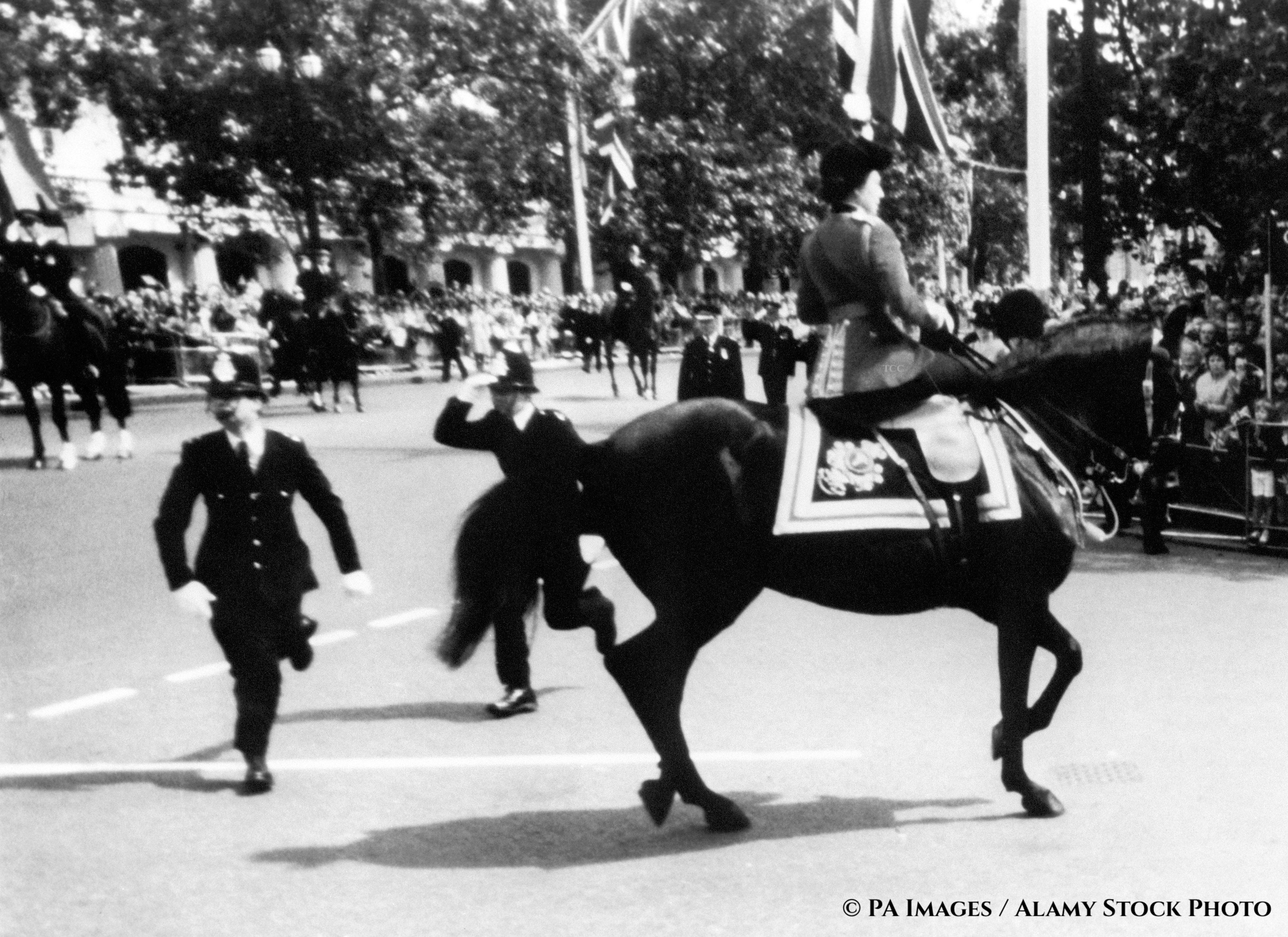
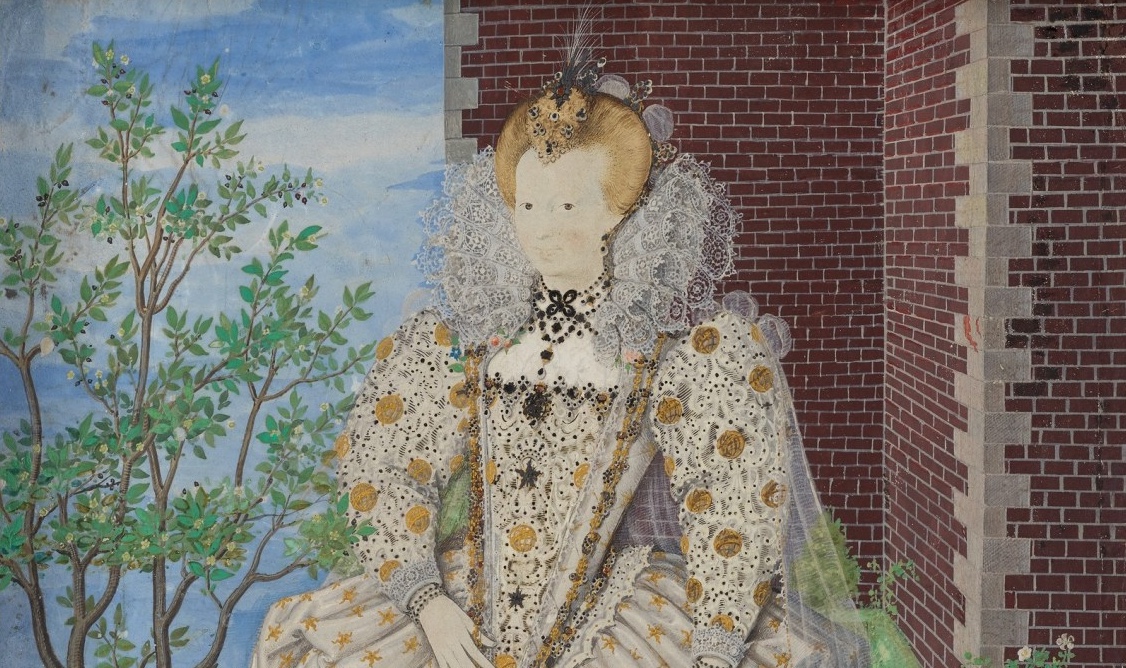

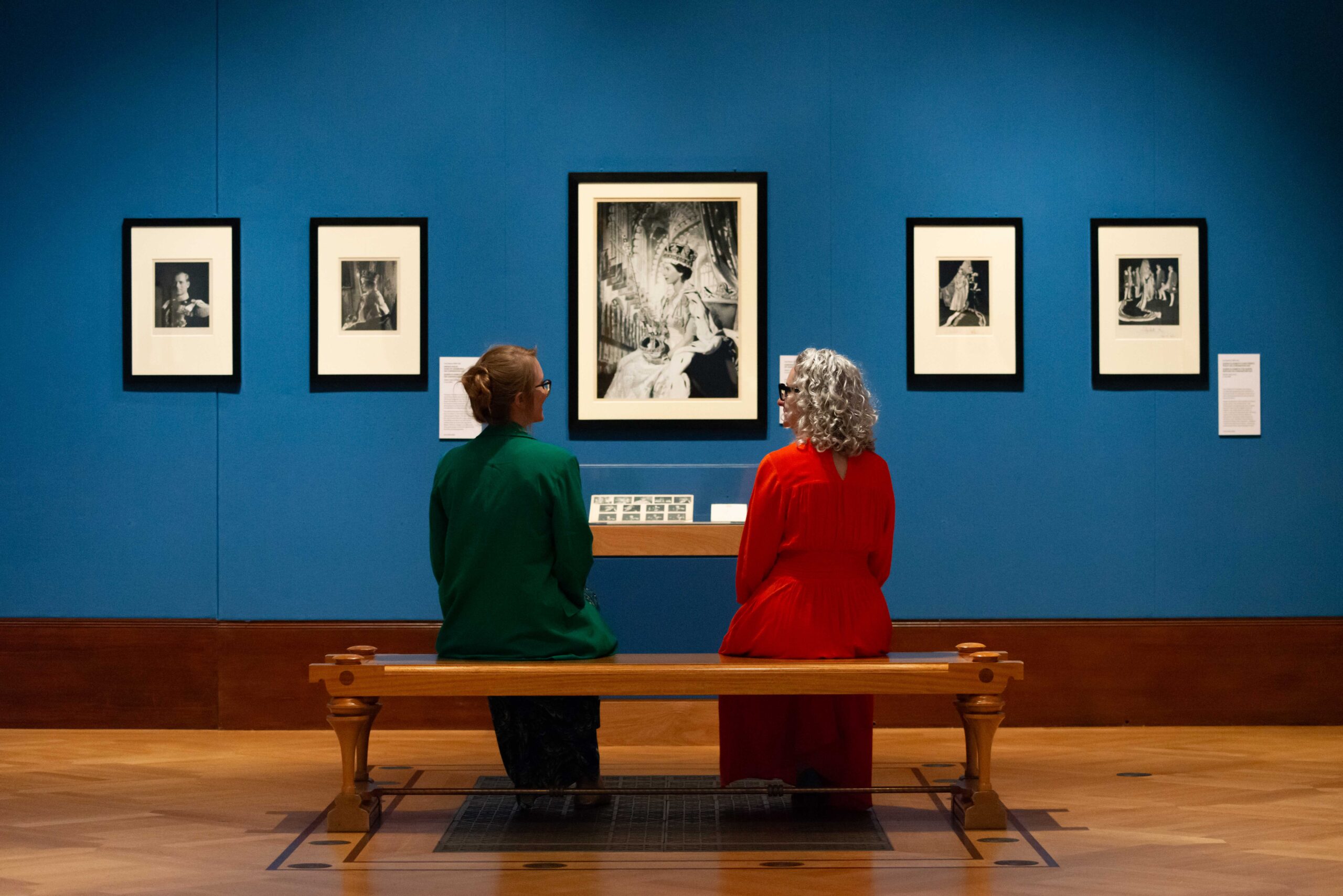
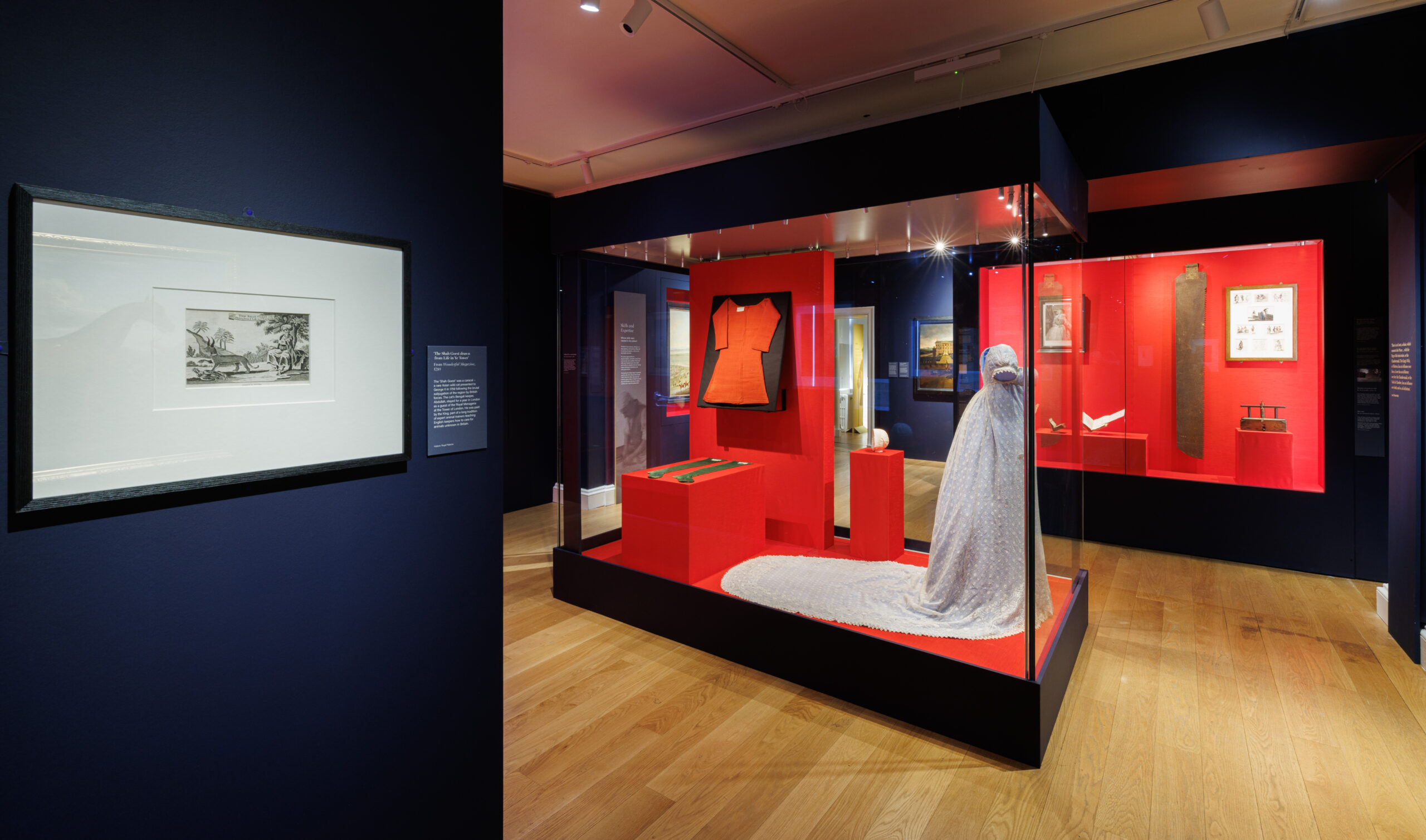
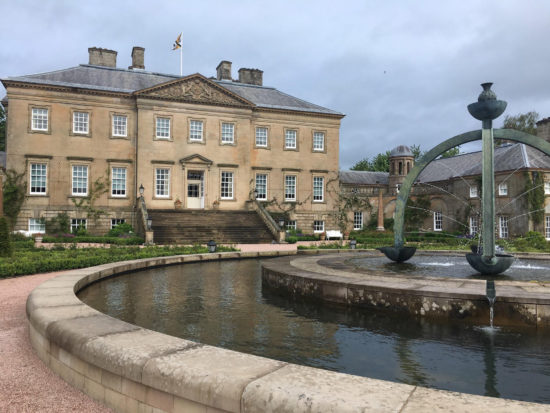
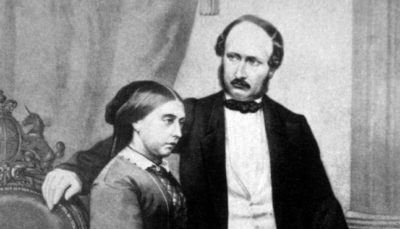
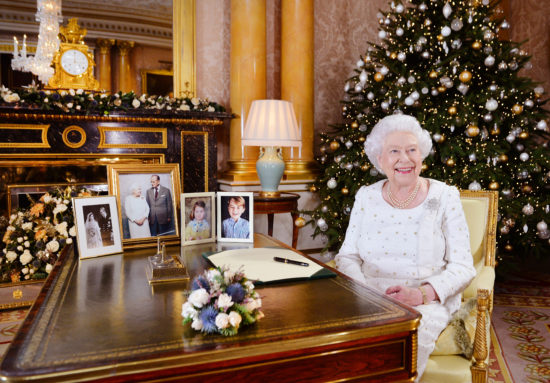
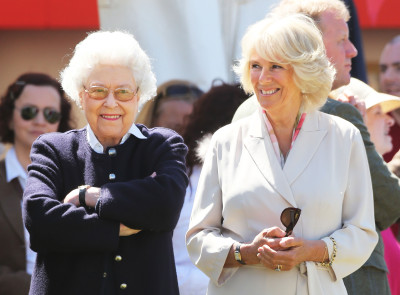
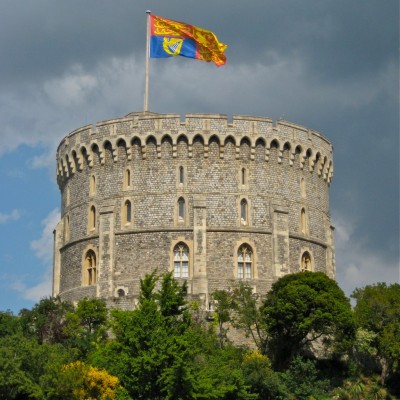
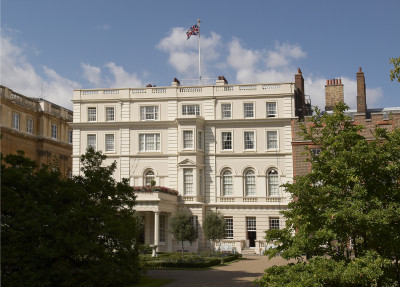
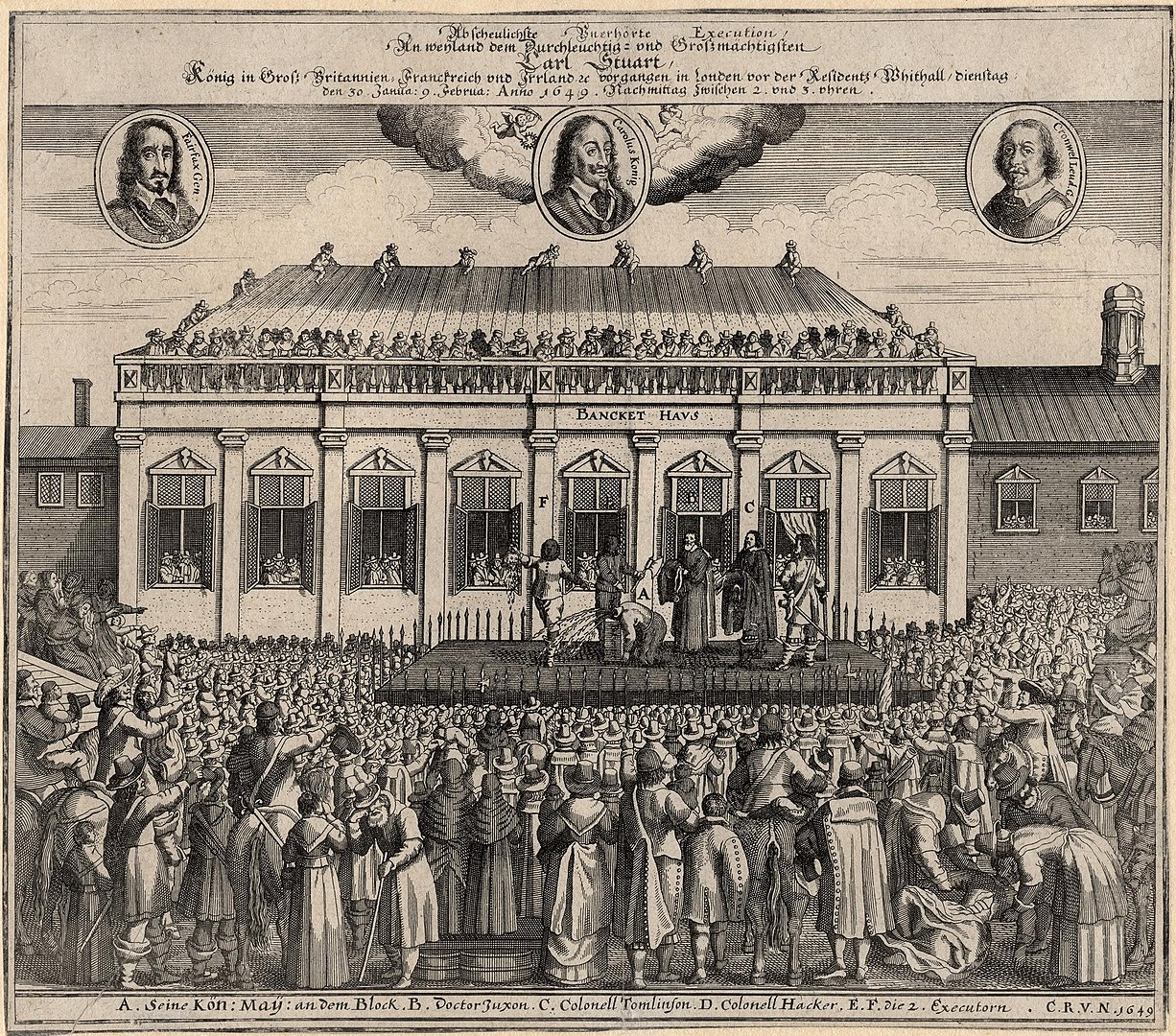
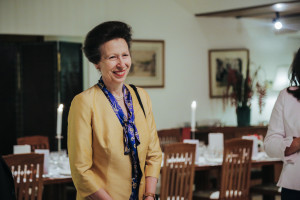
1 comment
MADAM, AS A CANADIAN I HAVE ALWAYS BEEN PROUD TO HAVE A QUEEN WHICH HAS BEEN A PILLAR OF INTEGRITY AND INSPIRATION THAT YOU HAVE GIVEN TO COUNTLESS PEOPLE. IN PARTICULAR, I HAVE BEEN INSPIRED BY YOUR CHRISTMAS ADDRESS AND PRAYERS FOR THE PEOPLE. I COME NOW WITH GREAT CONCERN, WHEN I HEAR THE HO– USE OF LORDS, THE BRITISH GOVERNMENT, STATING THAT TELLING PEOPLE ABOUT THE CHRISTIAN FAITH COULD BE SEEN AS A HATE CRIME. THIS OUTRAGE MUST BE ADDRESSED AT THE HIGHEST LEVEL. I COULD THINK OF NO ONE HIGHER THEN YOURSELF. PLEASE YOUR MAGESTY, ADDRESS THIS ISSUE BEFORE THE VERY FOUNDATION OF YOUR COUNTRY AND THOSE IN THE COMMONWEALTH ARE CHANGED FOR THE ILL FOREVER.